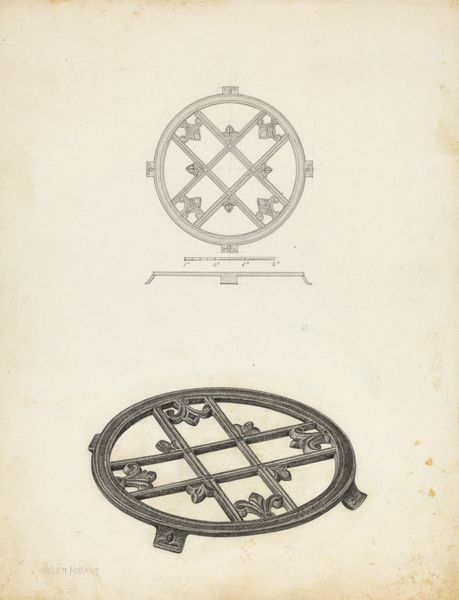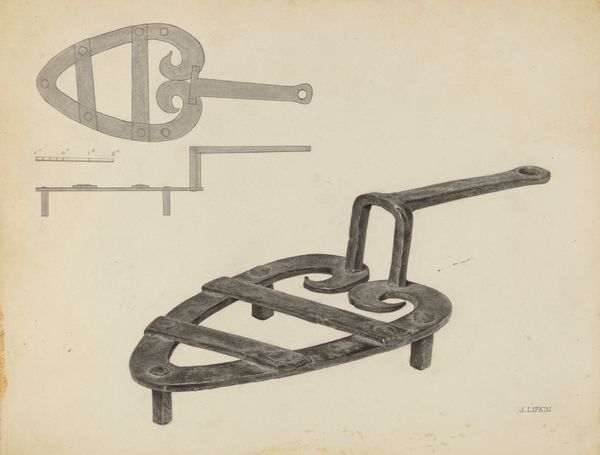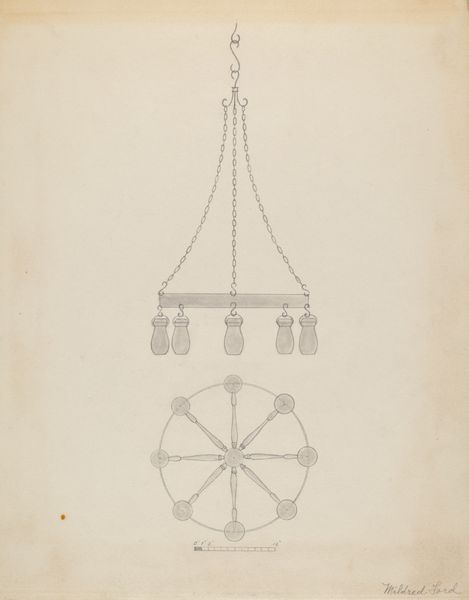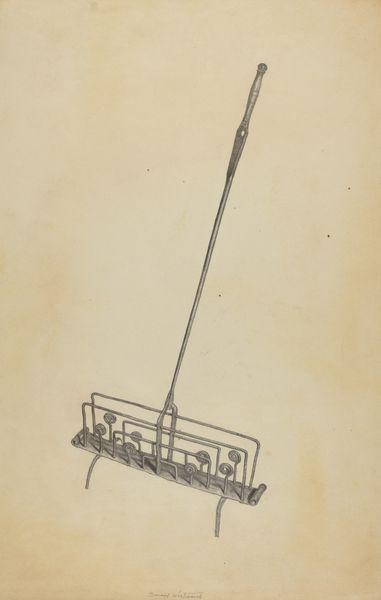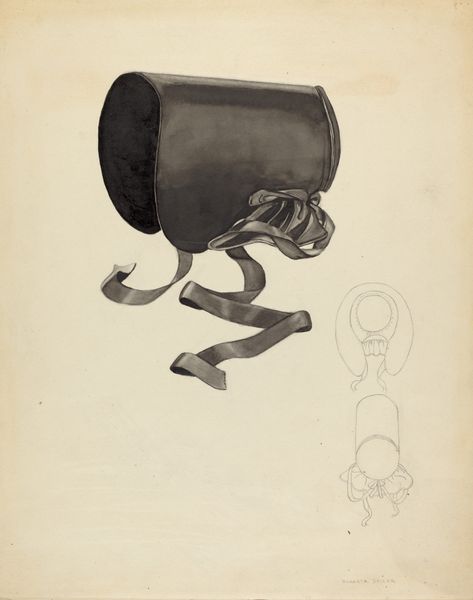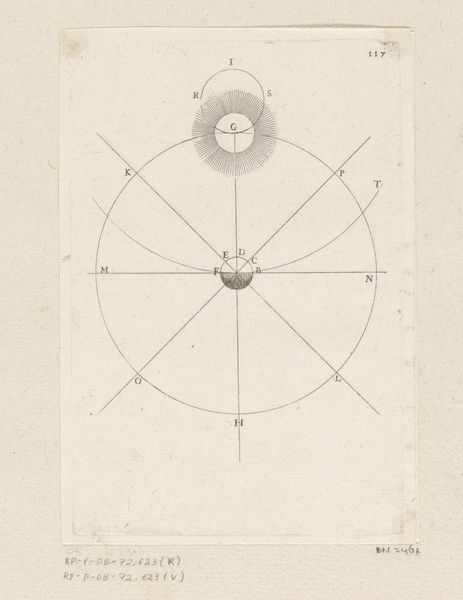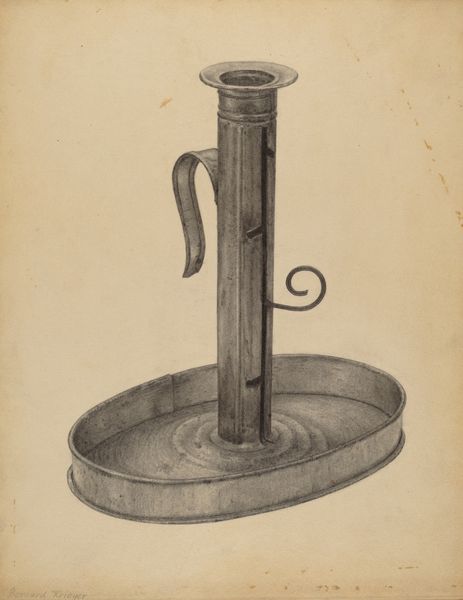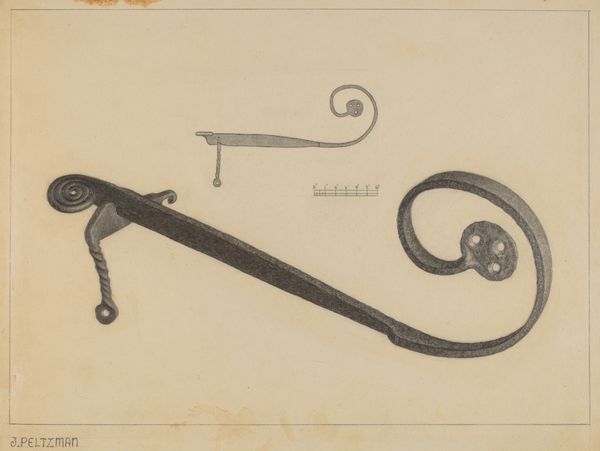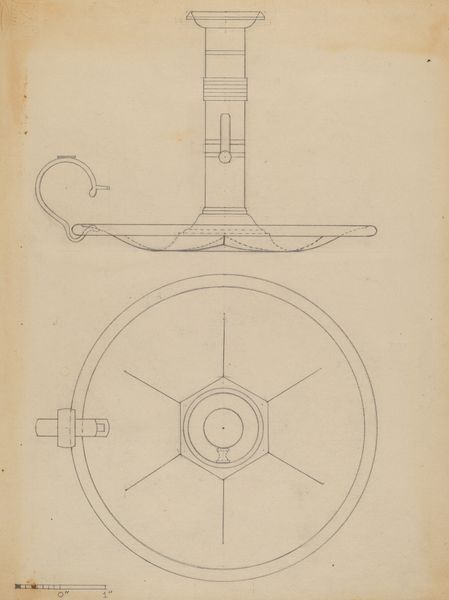
drawing, ink
#
drawing
#
ink
#
geometric
#
academic-art
Dimensions: overall: 26.5 x 21.5 cm (10 7/16 x 8 7/16 in.) Original IAD Object: 30"x35 5/8"
Copyright: National Gallery of Art: CC0 1.0
Editor: We're looking at "Tilt-top Table," an ink drawing created around 1936 by Holger Hansen. The stark lines and multiple perspectives of a single piece of furniture are surprisingly compelling. What’s your take on this rather utilitarian, almost diagrammatic image? Curator: It's intriguing how Hansen elevates something so functional to the level of art, isn’t it? The multiple views are fascinating. We’re not just seeing the table; we're seeing a vision of industrial design filtered through an "academic art" lens, as its tags define it. Editor: Academic art? It seems so functional. How does that classification apply here? Curator: Consider how the art world shapes our perceptions. This drawing, while depicting a practical object, likely existed within a network of designers, manufacturers, and perhaps exhibitions that validated such depictions. The inclusion of precise details suggests a striving for accuracy and perhaps a reverence for the craft itself, qualities admired in academic circles. It's interesting to reflect how functional drawings like this contribute to or challenge ideas of what constitutes "art" and "design" in public consciousness. What are your thoughts? Editor: That's fascinating! So, the "academic art" tag speaks less to the drawing's subject and more to the artistic context in which it was created and viewed. It makes me think about the blurred lines between art and everyday life. Thanks, that helps to give context to this detailed but perhaps otherwise overlooked drawing. Curator: Precisely. By displaying even the most humble object as art, museums and galleries invite viewers to consider the inherent aesthetic and social value in functional design.
Comments
No comments
Be the first to comment and join the conversation on the ultimate creative platform.

